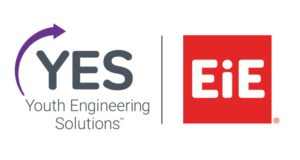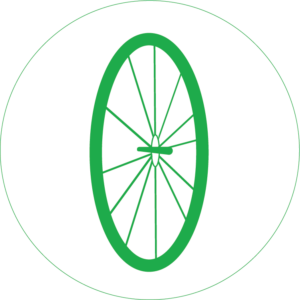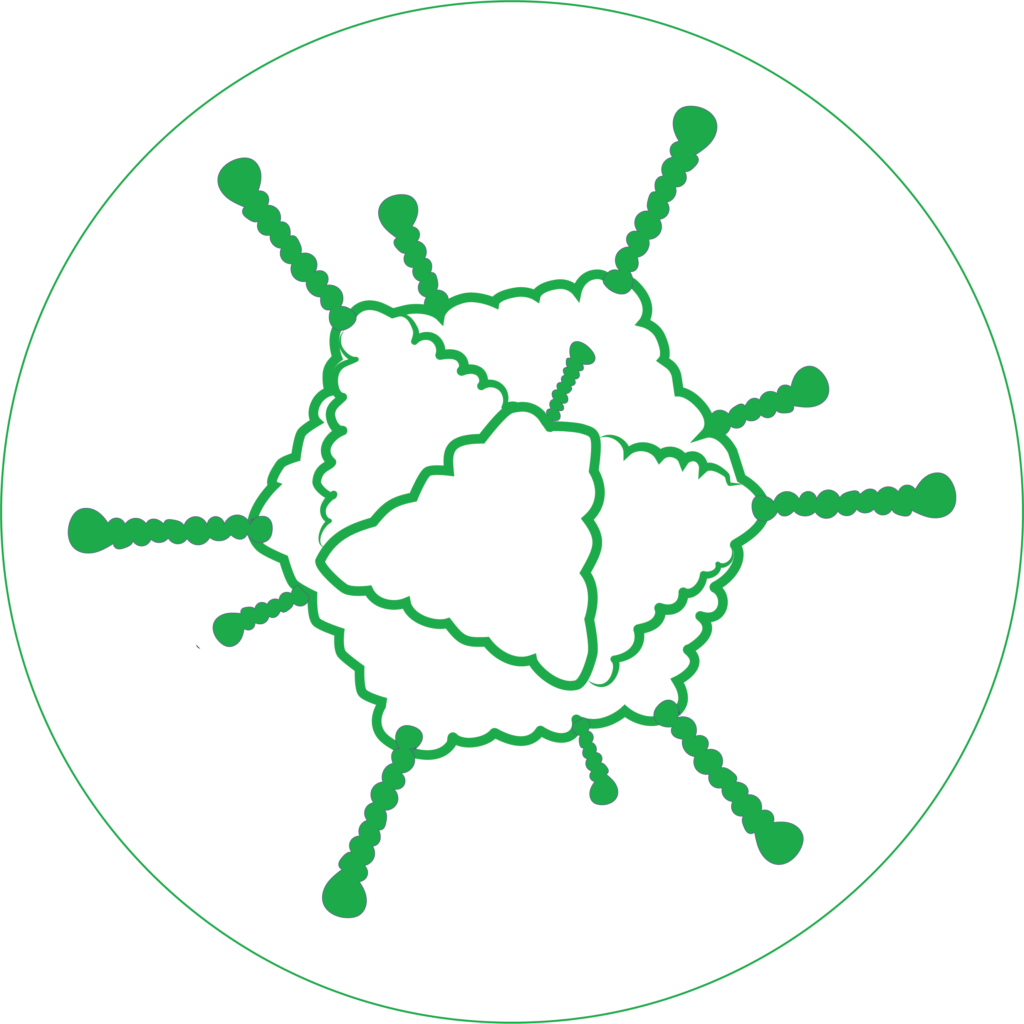YES Enrichment Units
YES Enrichment challenges youth in grades K–5 to tackle real-world problems using the Engineering Design Process. These units are specifically designed to support STEM specials, electives, makerspaces, clubs, camps, spring break, and summer programs. Through hands-on investigation and testing, students learn to embrace challenges, persist through failure, iterate on their designs, and unleash their creativity!
YES Enrichment Units
YES Enrichment Resources
YES works closely with educators to develop a suite of resources for each unit. These include:
| Resource | Description |
|---|---|
| Educator Guide | Contains 4 core and 5–6 optional 45–60-minute activities with a common structure:
|
| Dynamic Poster or Comic | Introduces the engineering problem youth will solve.
|
| Engineering Notebook (3–5) | Records youth’s observations, sketches, plans, and reflections. |
| Print Materials | Include print materials for group activities such as cards or signs. |
| Slides (3–5) | Facilitate classroom projection of comic images, discussion prompts, and sentence frames. |
| Vocabulary and Materials Glossaries (3–5) | Introduce new vocabulary through visual cards that can be kept at youth’s tables. |
| Family Resources | Spur conversations about engineering at home and connect youth’s learning to their communities. |
| Video Resources (3–5) | Help youth connect what they do in the unit to real-world engineering and problem solving. |
| Materials Kit | Supplies the physical materials needed to teach each lesson. |
Download brochure.
Our funders
Major support for this project has been provided by the National Science Foundation.



